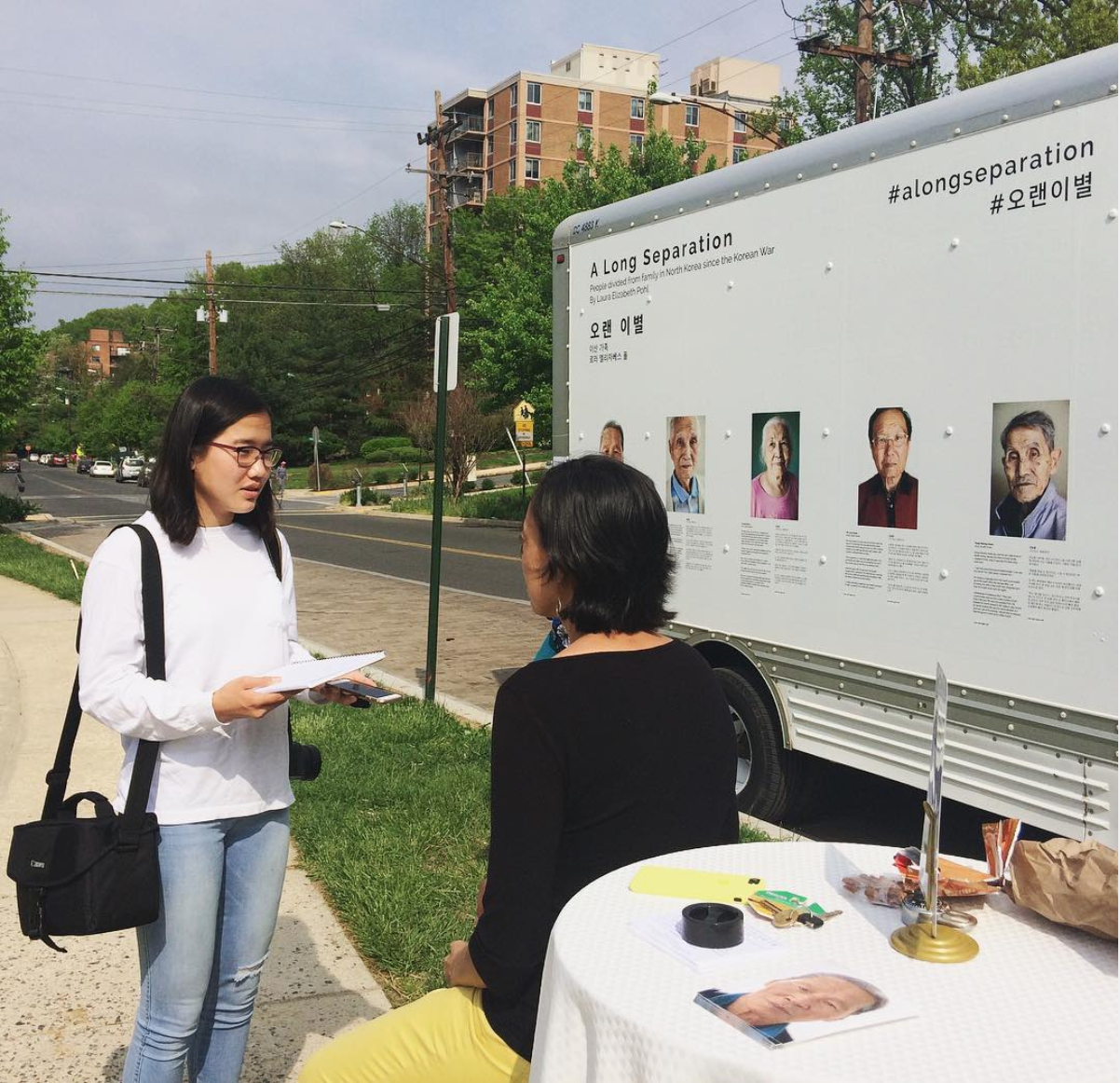A Long Separation | 오랜 이별
People Divided From Family in North Korea Since the Korean War | 이산 가족
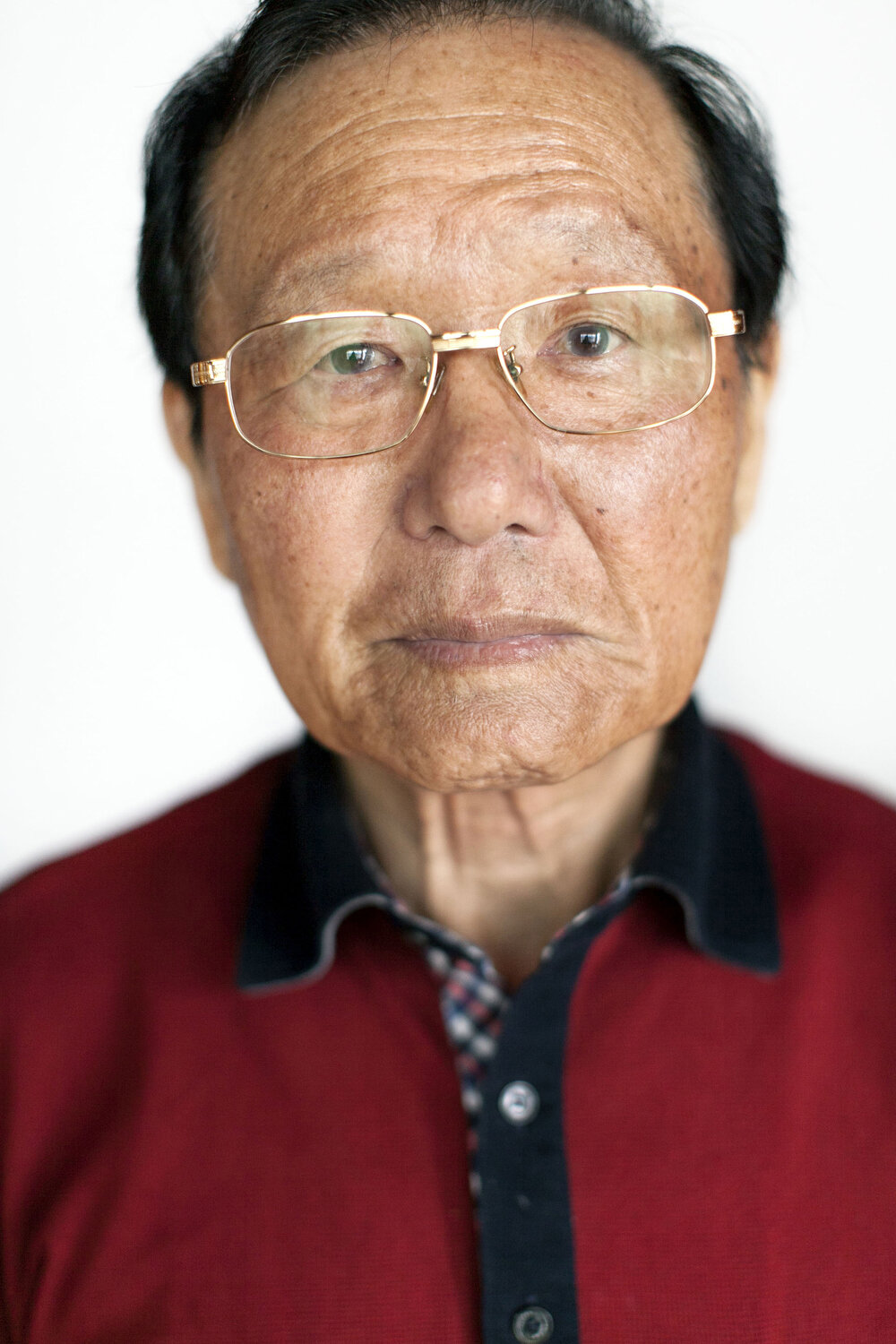
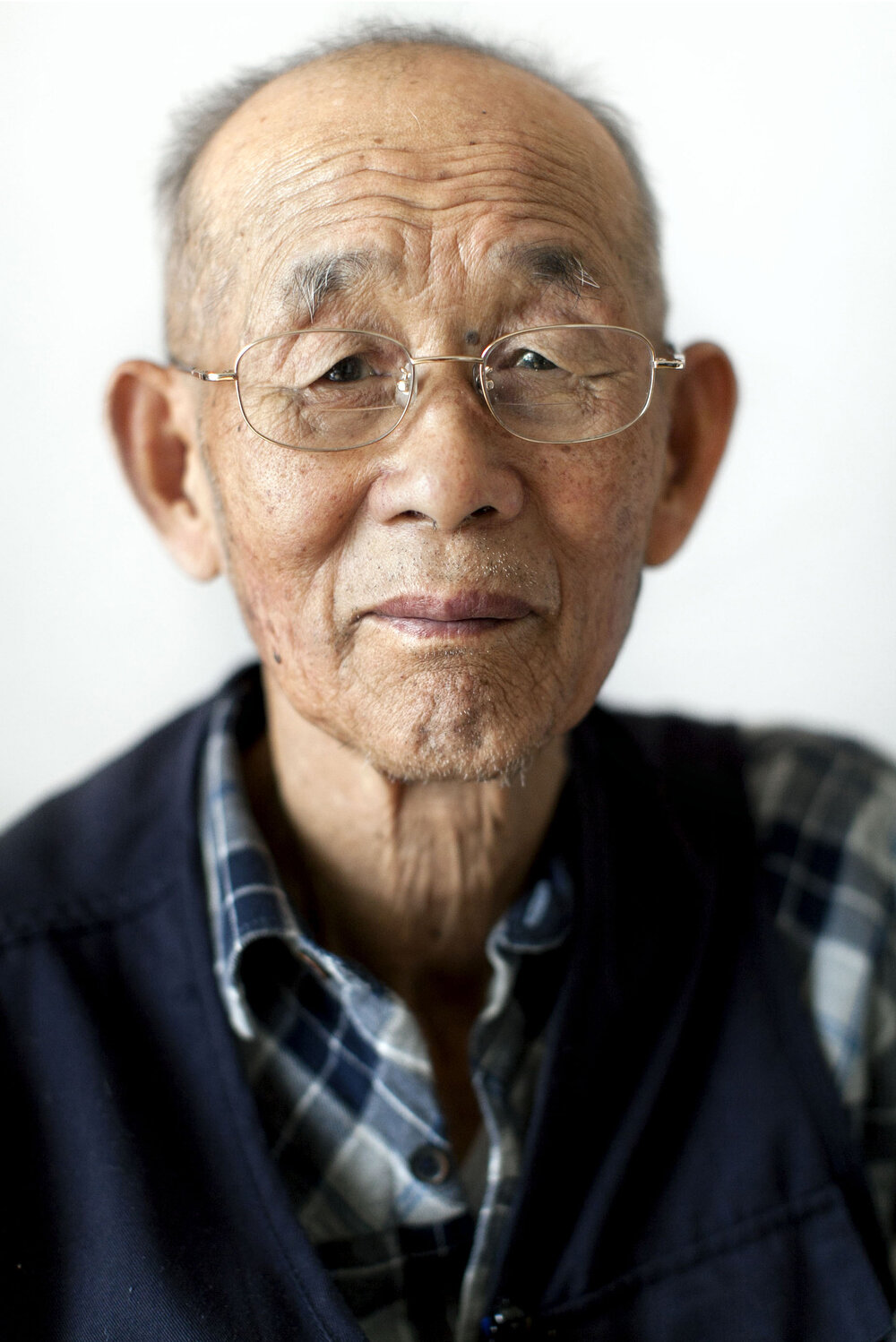
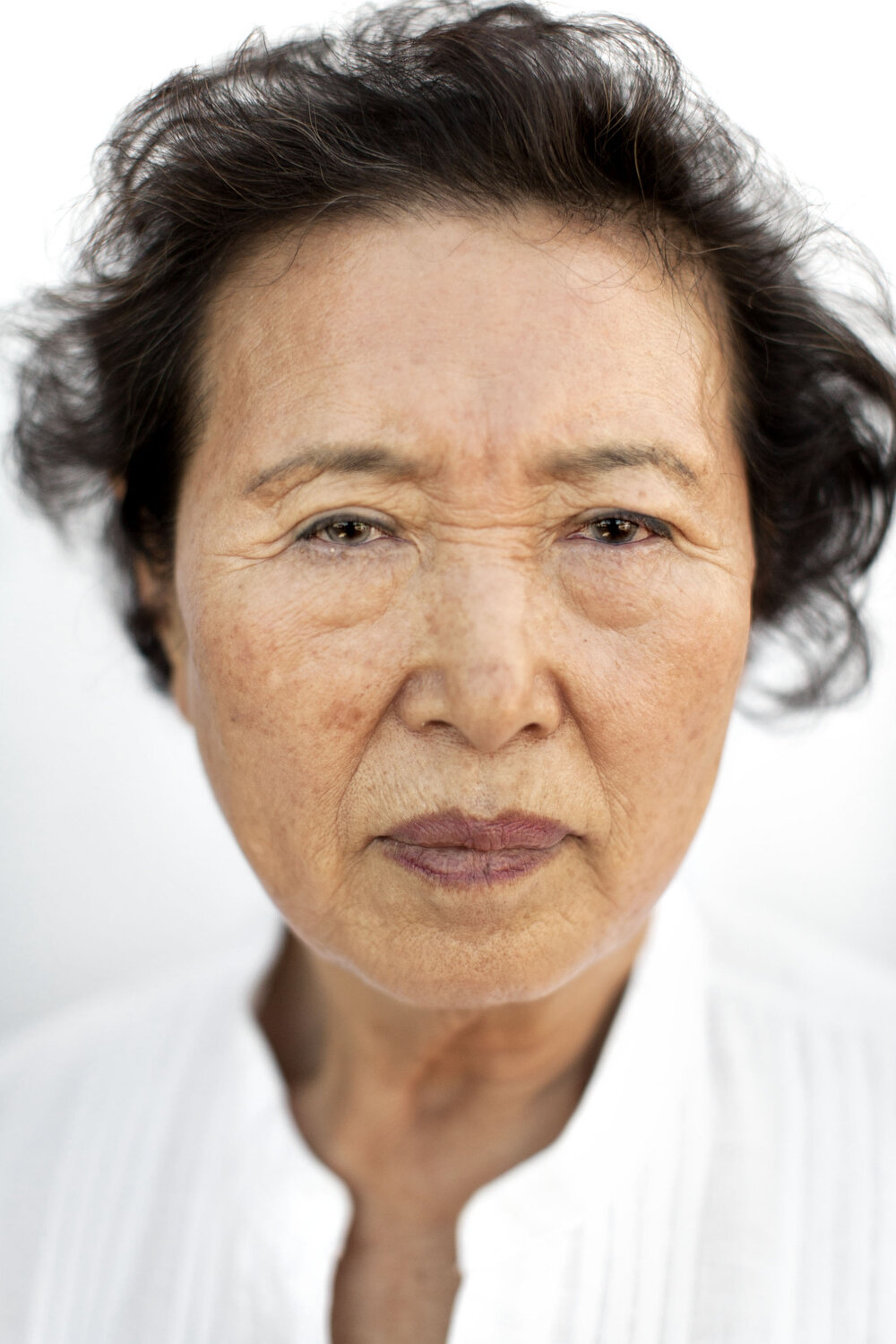
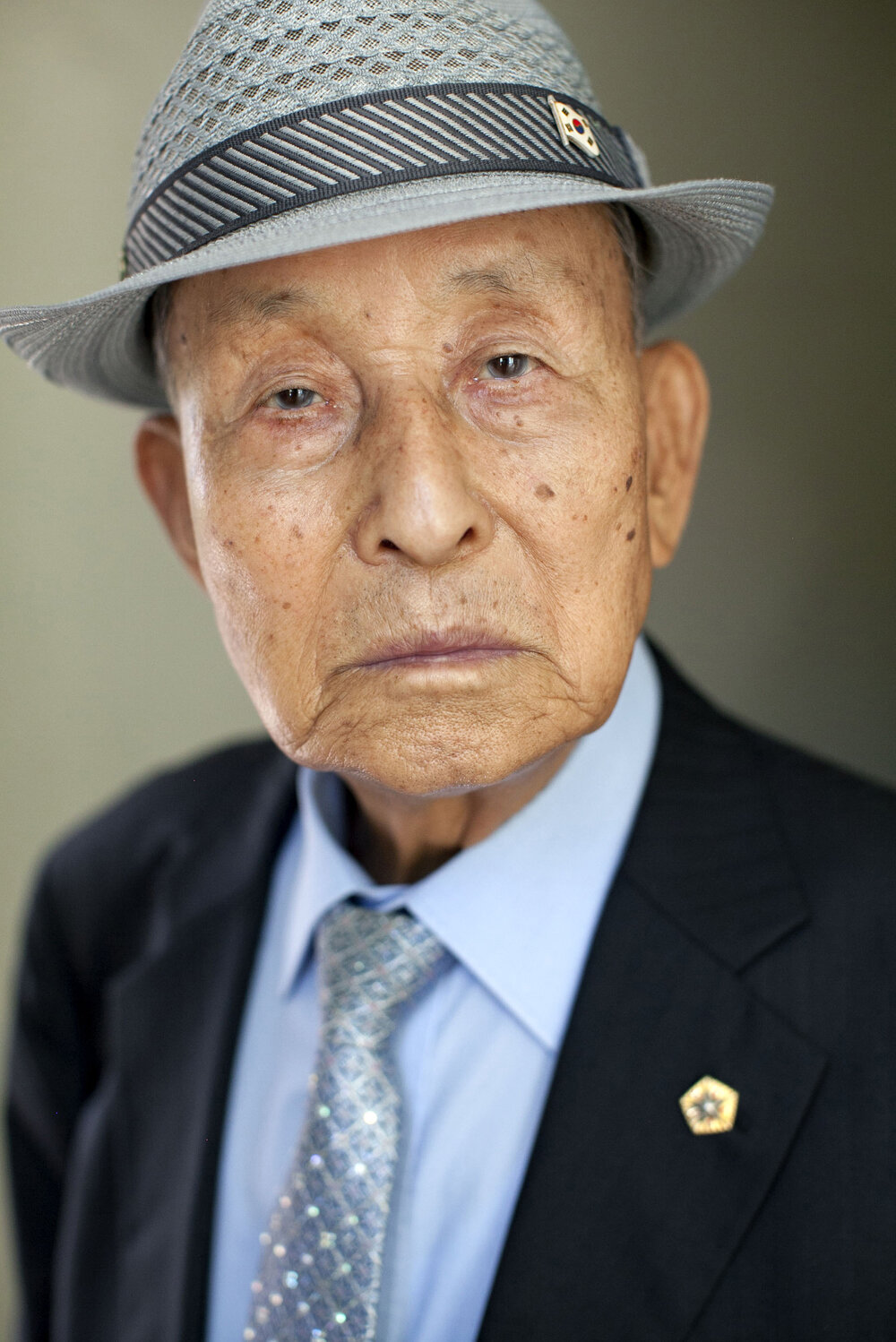
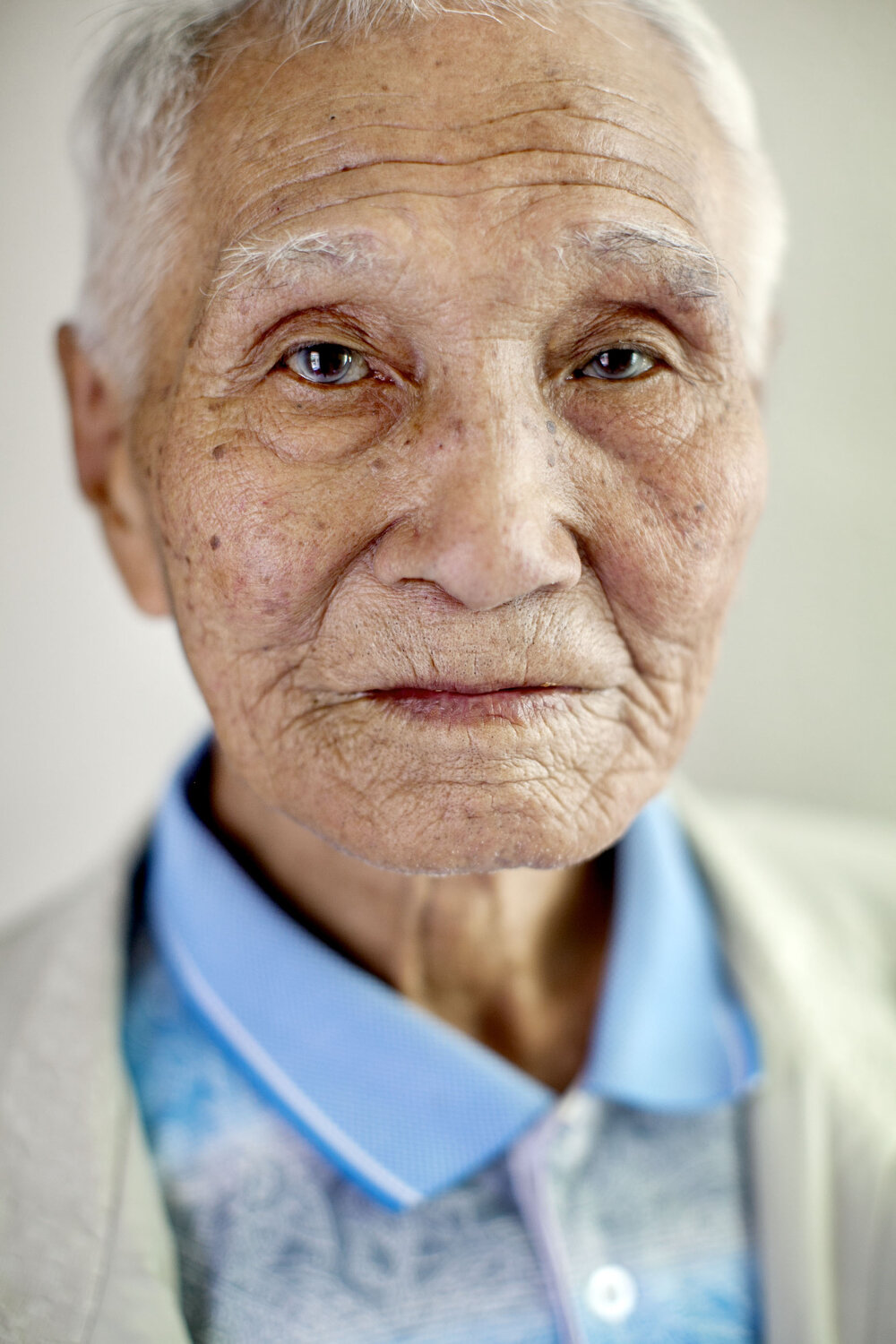

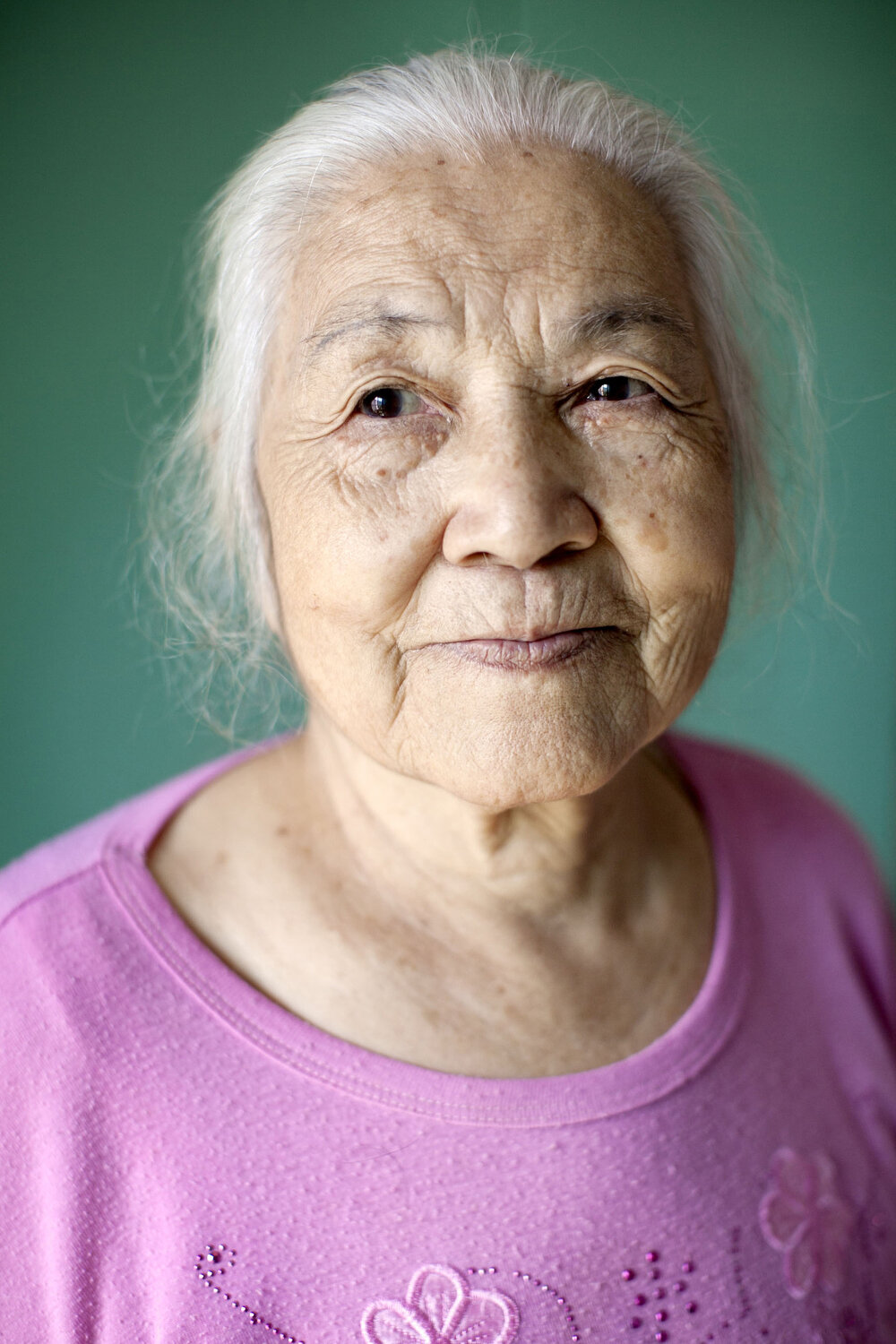

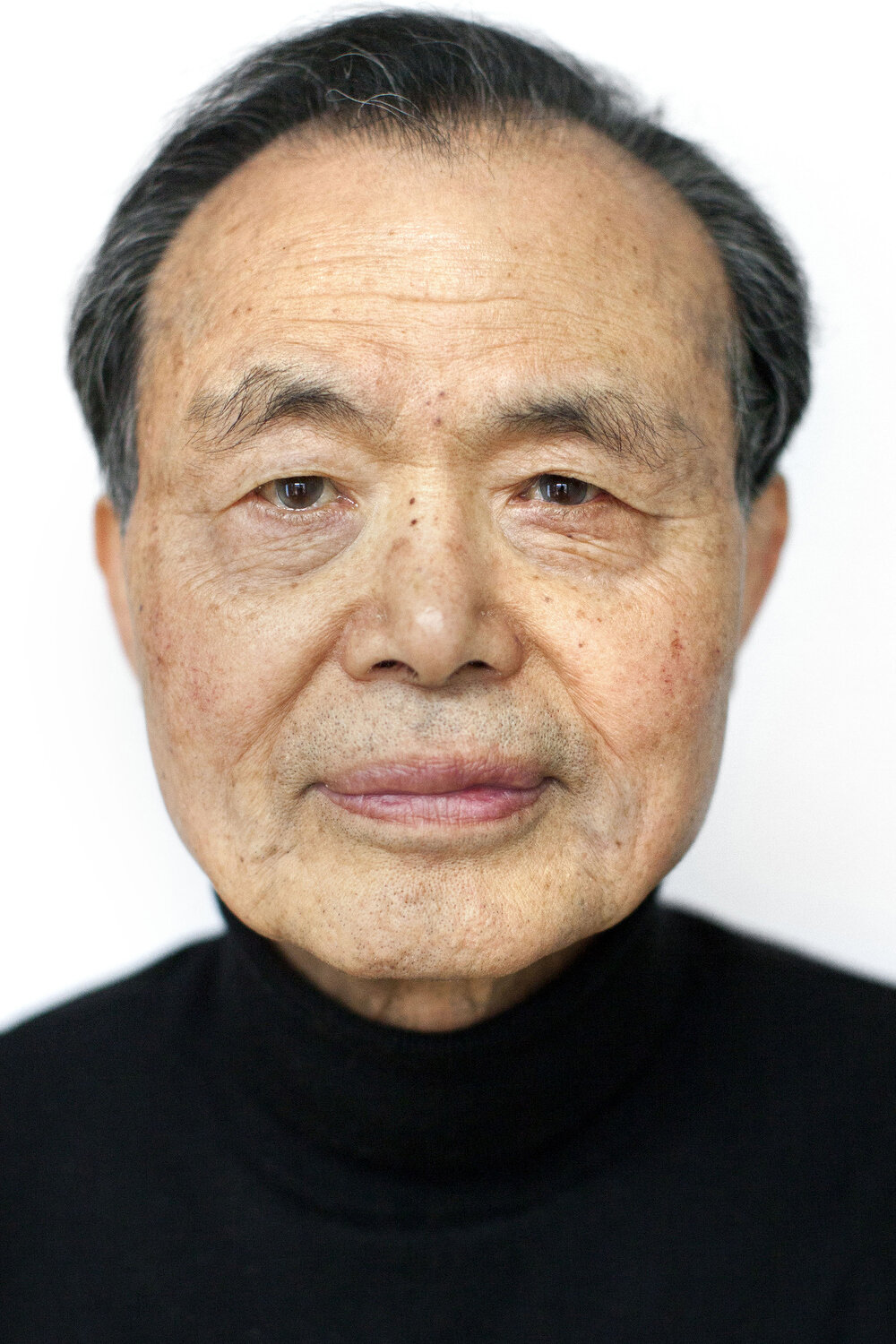
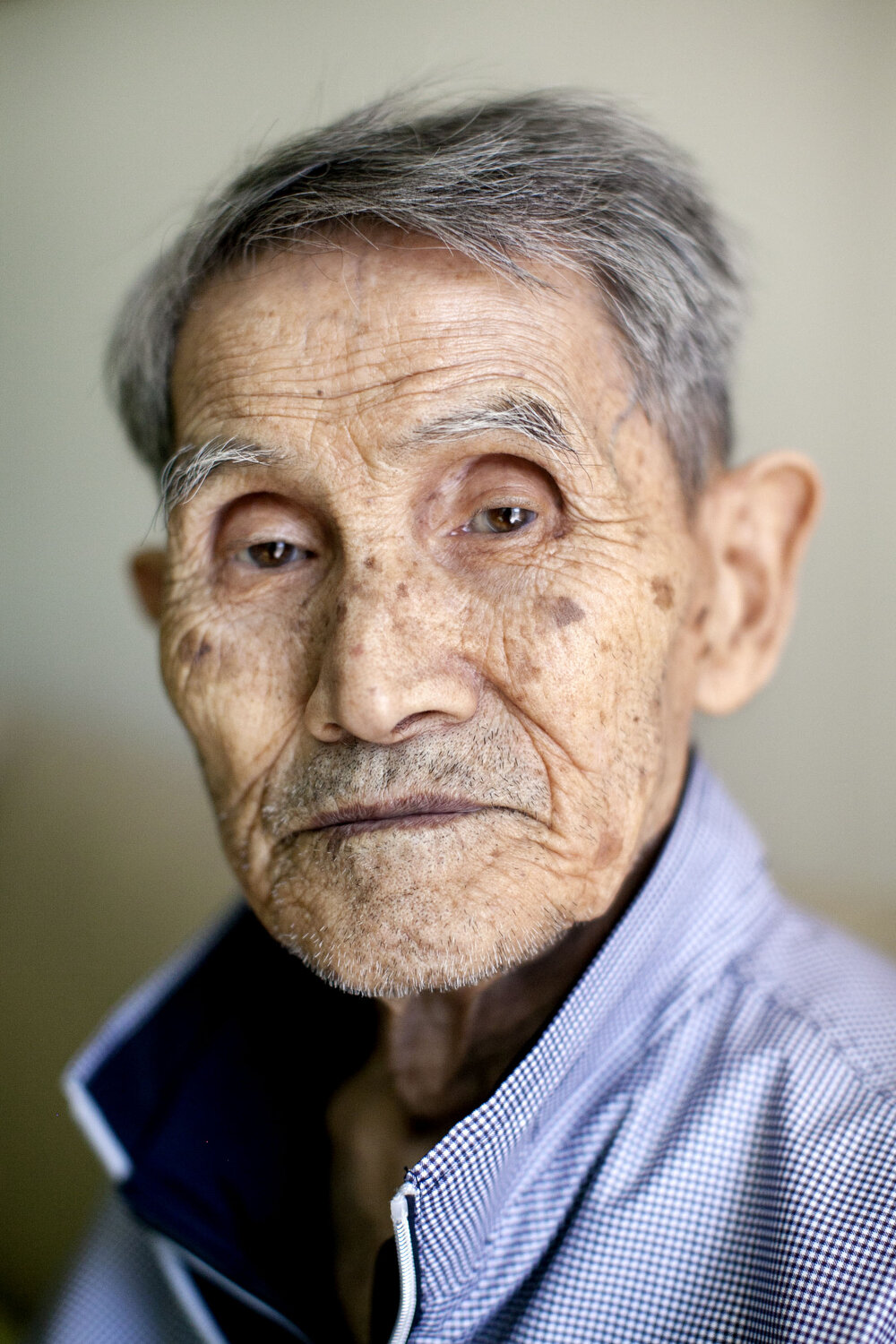
It has been over 65 years since the Korean War ended in an armistice, leaving spouses, siblings, parents, and children who became separated during the war permanently split, living on different sides of a heavily-militarized border.
My portrait series, “A Long Separation | 오랜 이별,” highlights the stories of South Koreans and South Korean immigrants to the United States separated from their family members in North Korea since the Korean War ended in armistice in 1953. Thousands of people are still divided from their loved ones in North Korea. Over 60% are 80 years older. As these separated family members – yisan kajok (이산 가족) in Korean – pass away in the next decades, so will all direct family ties and living memories between the two Koreas.
Legally, South Koreans cannot have contact – no visits, phone calls, letters or emails – with North Koreans and vice versa, except at periodic reunions arranged by the South Korean and North Korean Red Cross. There have been 21 official reunions since they began in 2000; only a few hundred people are chosen for each reunion. Korean-Americans are not eligible for Red Cross reunions. This total and involuntary division between families is a unique situation in the aftermath of a modern war. — June 2020
WHY THIS ISSUE?
Me with my great uncle in May 2014.
My great uncle, Yu Il-Sang, is my inspiration for this project.
In the chaotic months before the Korean War, he moved from the north to the south, leaving his parents and younger sisters behind for what he thought would be a few months. He never saw or heard from them again.
All the Korean family holidays I spent with my great uncle were filled with tears — not only from him, but from me, too, and from other relatives. As we ate dumpling soups and rice cakes, he told stories about his family and he lamented being such a bad son.
He was the first person I interviewed and photographed for this project, and he died in November 2014, aged 90, without knowing the fate of his parents and sisters. I feel such deep sadness when I think about him being separated from his family all those years.
THE TRAVELING EXHIBITION
Visitors at the exhibition stop in Baltimore, Md.
I printed this exhibition on the side of a truck that I drove around the United States for two weeks. To me, it was important to exhibit this project in an accessible, non-intimidating way in easy locations. So I built relationships with public libraries that allowed me to park in their lot for one or two days. I provided the libraries with tailored posters and social media ads to promote the exhibition.
You can see many of the truck exhibition photos here.
Most portraits were accompanied by two unique phone numbers, each connecting to edited excerpts of audio interviews I conducted with each pictured person. One number connected to a Korean language recording and the other connected to an English language recording. The phone call aspect was important because visitors participated in a simple ritual that the people in the portraits couldn’t share with their relatives in the north. By “calling” the pictured people, visitors were further immersed in the yisan kajok’s stories.
I enjoyed meeting people on the road. Many told me their own family’s stories of separation due to slavery, other wars or economic circumstances.
Once the truck exhibition was over, organizations including Temple University in Philadelphia and The Stimson Center in Washington, D.C., invited me to exhibit print portraits at their locations.
IN THE NEWS
My favorite press interview was with an enterprising high school student.
I created a PR and social media strategy for the exhibition, which resulted in media coverage in more than 20 publications across the world, including WYPR's On The Record show, Photo District News, The Virginian-Pilot, My Modern Met, the Bergen Record, Voice of America, Yonhap News (South Korea) and CGTN (China).
My favorite press interview was with an enterprising high school student who saw my Instagram post about that day’s exhibition in her city. She arrived armed with her pen, notebook and camera. During the interview, she asked me an insightful question that no other reporter had asked yet: “What was the most surprising thing you learned while researching this issue?” You can read her story and see her photos in The Montgomery Caller.
Working on translations with my Mom.
Visitors wrote their thoughts on post-it notes and then stuck them to the truck.
CREDITS
Production
Director and Photographer - Laura Elizabeth Pohl
Art Curator - Beth Ferraro
Operations Manager - Patrick Whang
Translator/Korean Assistant - Yoola Kim
Text Editor - Kimberly Burge
Translator/Fixer - Bright Lee
Color and Print Specialist - Shelby Leeman
Photography Printing - Metal&Paper PRO
3D Designer - Karolina Ziulkoski
Voiceover Artist - Janet Spirek
Voiceover Artist - Jim Johnston
Voiceover Artist - Farhad Haqverdi
Vehicle Rental and Design - Patriot Truck Leasing
Audio Experience - Guide By Cell
Special Thanks
Jung Jae-Eun at the South Korean Red Cross
Chahee Stanfield at Divided Families USA
Kimberly Maria Buxton at Divided Families USA
Catherine Pohl
Choe Sang-Hun
John Lee
Crystaline Randazzo
Molly Marsh
Angie Chuang
Amanda Lucidon
Amy Eisman
Amy Harp
The Pohl, Whang and Spirek families



